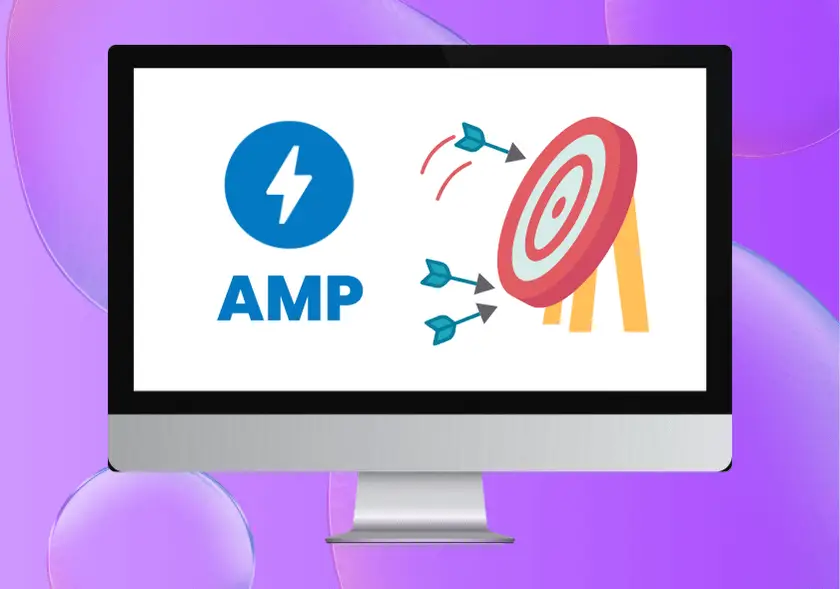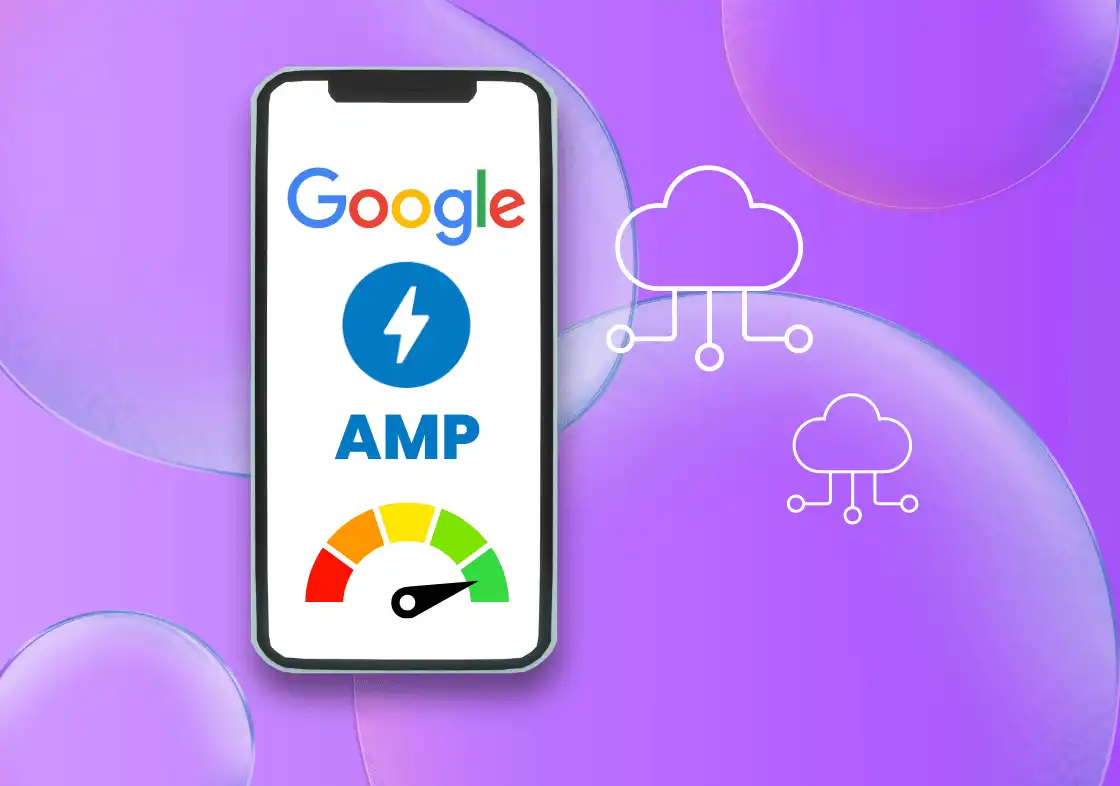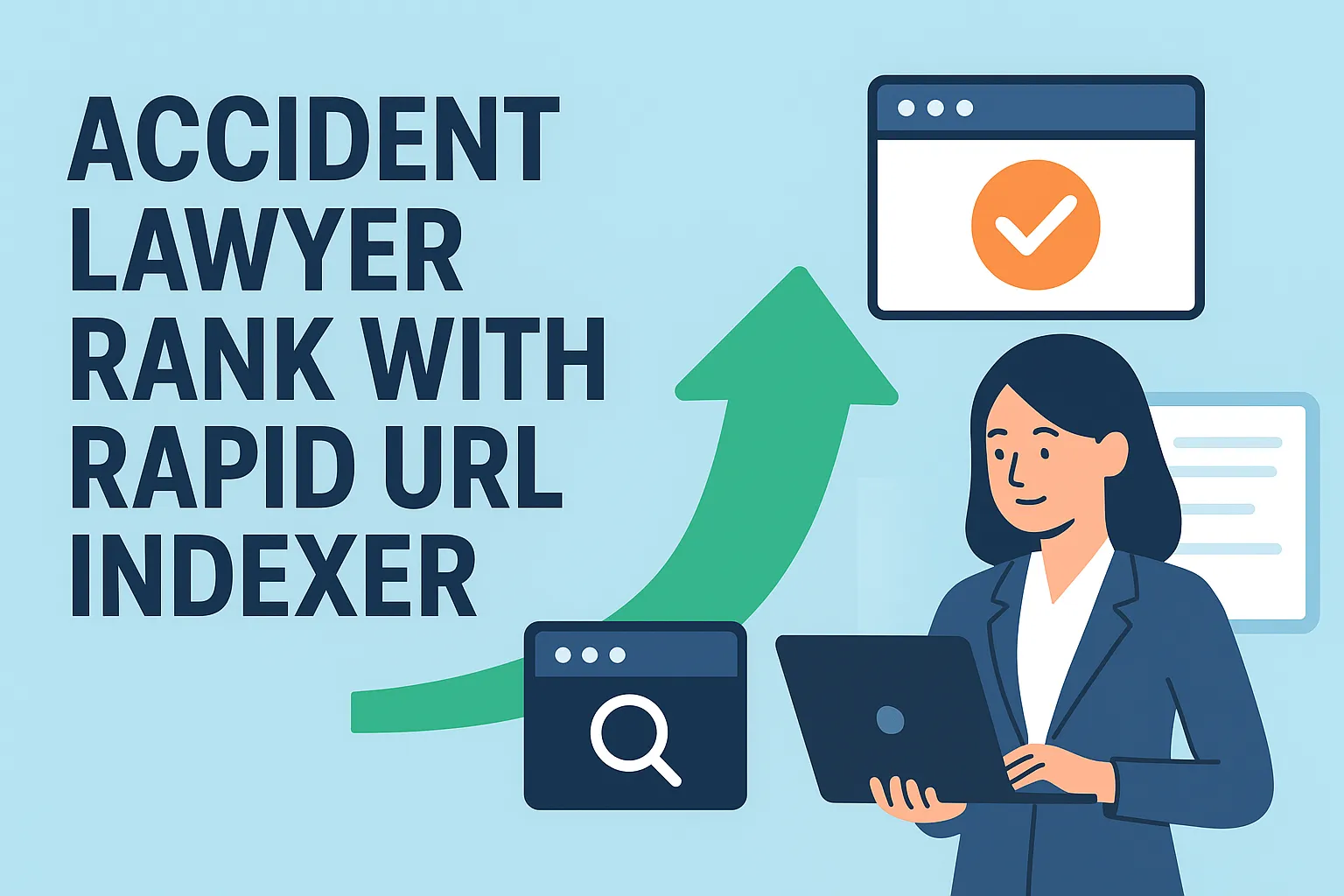In today’s digital world, where everyone’s glued to their mobiles, giving users a top-notch mobile browsing experience is key. That’s where Google AMP, or Accelerated Mobile Pages, comes in. It’s like a superhero framework that supercharges mobile web performance and makes users say “Wow!” With more and more people surfing the web on smartphones and tablets, websites must be mobile-friendly to keep up.
AMP tackles the problem of slow-loading web pages on mobiles by simplifying things like HTML, CSS, and JavaScript. This means pages load almost instantly. And you know what that means? Happy users! Plus, it’s not just about making users smile; it also affects important stuff like bounce rates, conversion rates, and how much time people spend on your site. Understanding how AMP impacts SEO is a big deal for website owners and marketers who want to shine online.
Let’s get into the ins and outs of Google AMP – its features, perks, challenges, and the smart moves you can make to boost mobile performance and SEO.
1. What is Google AMP?
Google AMP, short for Accelerated Mobile Pages, is like magic for making websites load super fast on mobiles. When you tap a link on your phone, BAM! The page appears almost instantly. AMP does this by simplifying how web pages are built, stripping away anything that might slow them down.
It’s all about giving users a speedy and smooth mobile browsing experience, no matter the device or network connection. AMP wants to keep users happy and engaged while they’re surfing the web on their mobile gadgets. It’s like making the internet a faster and more enjoyable place for mobile users.
1.1 History and Evolution of AMP
Google rolled out AMP in 2015 to tackle the rising trend of people browsing the web on their phones. Initially, it focused on speed, but over time, AMP got even better, adding new features and becoming a hit with websites. Now, it helps websites create lightning-fast and user-friendly pages for mobile users. And guess what? It keeps getting updates to make it even cooler. So, the next time a page loads crazy fast on your phone, you know who the hero is – AMP!
1.2 Key Features of AMP
- Faster Page Loading Times: AMP makes websites load lightning fast on your phone. No more waiting around!
- Pre-rendering of Content: With AMP, web pages are pre-loaded and ready to go as soon as you click. No more staring at loading screens!
- AMP Cache: AMP uses a super-fast storage system called the AMP Cache. It stores AMP pages all over the world, so your page loads quickly no matter where you are.
These features make AMP a superhero for the internet, ensuring websites load quickly and smoothly on your phone, wherever you are.
2. How Google AMP Impacts SEO?
Google AMP isn’t just about making users happy; it also has a big impact on SEO (Search Engine Optimization). Here’s the lowdown:
2.1 Relationship Between Page Speed and SEO Ranking
Google loves speed! When you search for something, you want results ASAP, right? Well, Google thinks the same way. It prefers websites that load fast, especially on mobiles. So, if your website loads slowly, Google might push it down in search results. But if it’s lightning fast, Google might boost it to the top!
2.2 AMP’s Influence on Mobile Search Rankings
Since most people Google stuff on their phones, Google cares about mobile-friendly websites. That’s where AMP shines! Websites using AMP often rank higher in mobile search results because they load fast and work great on phones.
2.3 Improving User Experience and Reducing Bounce Rates
Imagine clicking a link and waiting forever for the page to load – frustrating, right? Well, Google doesn’t like that either. Slow-loading websites tend to have higher bounce rates – meaning people leave them quickly. But with AMP, websites load lightning fast, keeping visitors happy and reducing bounce rates. And when people stick around longer, Google sees it as a good sign and might bump up your site in search results.
2.4 Impact of AMP on Website Visibility and Organic Traffic
When your website loads fast and works smoothly on phones, Google notices and may rank it higher in search results. This means more people see it and click on it, bringing in organic traffic. And since AMP pages often appear in special Google features like “Top Stories,” they get even more visibility, leading to more clicks and traffic.
Google AMP turbocharges SEO by making websites load faster on mobile, boosting rankings in search results. It enhances user experience, reduces bounce rates, and increases visibility. With AMP, websites rank higher in mobile searches, attracting more organic traffic and boosting online presence.
3. Benefits of Implementing Google AMP

Implementing Google AMP (Accelerated Mobile Pages) comes with a bunch of perks for website owners and digital marketers:
3.1 Enhanced Mobile User Experience
AMP ensures websites look great and work smoothly on phones. It’s like upgrading a bumpy road to a smooth highway, making browsing easier and more enjoyable. Buttons are easier to tap, text is easier to read, and images load quickly, creating a seamless experience for users.
3.2 Improved Page Load Times
With AMP, websites load super fast on phones, almost instantly. It’s like pressing a magic button that makes everything appear right away, saving you from waiting and frustration.
3.3 AMP SEO Benefits
AMP helps websites show up higher in Google search results, especially on phones. It’s like giving your website a special boost that makes it more visible to people searching online. When your website ranks higher, more people see it and visit it, helping you reach more customers.
3.4 Increased Visibility in SERPs
Websites using AMP stand out more in Google search results, making them easier to find. It’s like shining a bright spotlight on your website, attracting more attention. When your website is more visible, more people click on it, leading to more visitors and more opportunities for your business.
3.5 Reduced Bounce Rates
AMP keeps visitors on websites longer by loading pages quickly and smoothly. It’s like keeping people entertained at a party, preventing them from leaving too soon. When websites load fast, people are more likely to stick around and explore, leading to more engagement.
3.6 Enhanced User Engagement
With AMP, users interact more with website content, like clicking on links and exploring different pages. It’s like making a website so fun and interesting that users can’t help but stay and play. When people engage more, they’re more likely to learn about your products or services and take action.
3.7 Higher Click-Through Rates (CTR)
AMP pages get more clicks from users because they load fast and stand out in search results. It’s like putting a big sign that says “Click Me!” on your website, enticing users to visit. When your website gets more clicks, it means more people are interested in what you have to offer, leading to more traffic.
3.8 Improved Conversion Rates
AMP helps turn visitors into customers by making it easier for them to buy things or sign up for services. It’s like turning window shoppers into paying customers by making the buying process quick and easy. When your website is fast and easy to use, people are more likely to complete a purchase, leading to more sales and more revenue for your business.
3.9 Accelerated Content Delivery
AMP ensures users get the latest information quickly and reliably. It’s like delivering news updates in real time, keeping users informed and up-to-date. When your website delivers content quickly and reliably, it builds trust with users and keeps them coming back for more, helping you build a loyal audience and grow your business over time.
4. Challenges and Considerations
While Google AMP offers numerous benefits, its implementation also presents challenges that website owners and digital marketers should consider:
4.1 Potential Drawbacks of Implementing AMP
- Limited Design Options: AMP may restrict your ability to customize your website’s design. This means you might not be able to add all the cool design features you had in mind.
- Compatibility Issues with Certain Features: Some special features on your website might not work smoothly with AMP, causing problems and affecting user experience.
- Potential Impact on Ad Revenue: Using AMP could change how ads are displayed on your website, potentially affecting your ad revenue.
4.2 Strategies to Mitigate These Challenges
- Optimize Design Within AMP Constraints: Get creative with the design options available within AMP’s limitations to make your website look good.
- Evaluate Feature Compatibility: Check if all the features on your website work well with AMP. If not, find compatible alternatives.
- Optimize Ad Formats and Placement: Adjust how ads are displayed on your website to ensure they work smoothly with AMP.
4.3 Considerations for Deciding Whether to Implement AMP
- Assess Mobile Traffic and Performance: Evaluate how many people visit your website on mobile devices and how well it performs for them to determine if implementing AMP is worth it.
- Evaluate Resource Investment: Consider the time and effort required to set up and maintain AMP on your website.
- Consider Long-Term SEO Strategy: Think about how using AMP fits into your overall plan for improving your website’s search engine rankings over time.
5. Best Practices for Implementing Google AMP
To make Google AMP work well, follow these best practices:
5.1 Technical Requirements for AMP Implementation
- Use Valid AMP HTML: Stick to the rules and guidelines set by Google to ensure your AMP pages work properly.
- Include Mandatory AMP Components: Ensure your AMP pages include essential components like HTML, boilerplate, and runtime components.
- Optimize Resource Loading: Minimize the use of external resources like scripts and stylesheets to make your AMP pages load even faster.
5.2 Tips for Optimizing AMP Pages for Search Engines
- Optimize Metadata: Improve your page titles, descriptions, and structured data markup to enhance how your pages appear in search results.
- Prioritize Content Accessibility: Structure your content properly and use descriptive alt attributes for images to ensure easy access for both users and search engines.
- Implement Responsive Design: Design your AMP pages to look good and function well on all devices by using responsive design techniques.
5.3 Guidelines for Maintaining Consistency Across AMP and Non-AMP Pages
- Use Canonical Tags: Prevent issues with duplicate content by using canonical tags to indicate the original or preferred version of your content.
- Maintain Visual Consistency: Keep the visual appearance consistent across both AMP and non-AMP pages to provide a seamless user experience.
- Sync Content Updates: Ensure that updates or changes to your content are reflected on both AMP and non-AMP pages to avoid discrepancies.
5.4 Monitoring and Measuring the Performance of AMP Pages
- Track Key Performance Metrics: Monitor metrics like page load times, bounce rates, and user engagement to assess how well your AMP pages are performing.
- A/B Testing: Experiment with different versions of your AMP pages to identify the most effective strategies for improving performance.
- Iterative Optimization: Continuously analyze performance data and make iterative improvements to optimize your AMP pages over time.
6. Future of Google AMP and SEO
Looking ahead, the future of Google AMP and its impact on SEO will be shaped by trends in mobile search and page speed optimization:
6.1 Trends and Developments in Mobile Search and Page Speed Optimization
As more people use smartphones to search the internet, it’s crucial to understand how these searches work and how fast websites load on mobile devices. Search engines prioritize fast-loading and mobile-friendly websites, so staying updated on these trends is essential. Optimizing your website for mobile can help you reach a broader audience and improve user experience.
6.2 Potential Enhancements or Changes to AMP in the Future
Google AMP may evolve to offer more benefits for websites, such as new features or improvements to customization options. These enhancements could make AMP even more valuable for improving mobile performance and SEO.
6.3 Strategies for SEO and Mobile Optimization
- Stay Updated on Industry Trends: Continuously learn about the latest developments in SEO and mobile optimization to adapt your strategies accordingly.
- Test and Iterate: Experiment with different optimization techniques and monitor their impact on your website’s performance to make iterative improvements.
- Diversify Optimization Efforts: Explore various approaches, including responsive design, AMP implementation, and optimizing for voice search, to reach a wider audience and improve overall performance.
Conclusion
Google AMP helps make websites load super fast on mobile devices, which is really important today. It improves the user experience by making pages appear almost instantly, keeping visitors happy. AMP also boosts your site’s SEO, meaning it can rank higher in Google search results, especially on mobile. While there are some challenges, like limited design options and potential impacts on ad revenue, the benefits often outweigh these issues. By staying updated on trends and using best practices, you can make the most of AMP and improve your site’s mobile performance and visibility. Overall, AMP is a great tool for making sure your website is fast, user-friendly, and gets more traffic from search engines.
FAQs
What is Google AMP, and why is it important?
Google AMP (Accelerated Mobile Pages) is a technology that helps web pages load faster on mobile devices. It’s important because it improves the user experience by reducing waiting times for content to appear, making browsing more enjoyable and efficient.
How does Google AMP impact SEO?
Google AMP can positively influence SEO by improving page load times, a crucial factor in search engine rankings. Websites that use AMP often rank higher in mobile search results, leading to increased visibility and organic traffic.
Are there any drawbacks to implementing Google AMP?
While Google AMP offers benefits, it may limit design options and compatibility with certain features. Additionally, implementing AMP could potentially impact ad revenue if there are restrictions on ad formats or tracking metrics.
Is Google AMP suitable for all types of websites?
While AMP is primarily designed for content-focused websites like news articles and blogs, it can benefit various industries. However, its suitability depends on factors like website goals, audience preferences, and the nature of the content.



